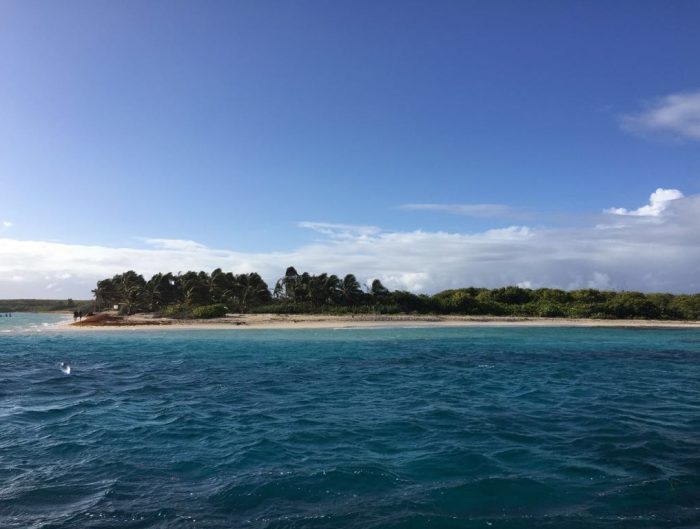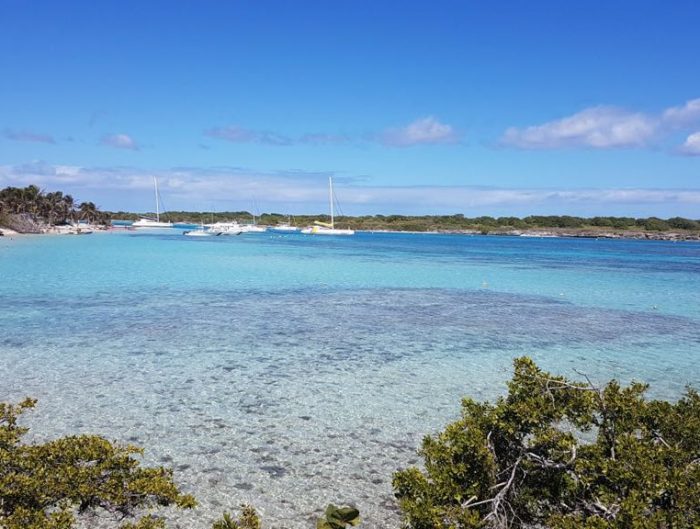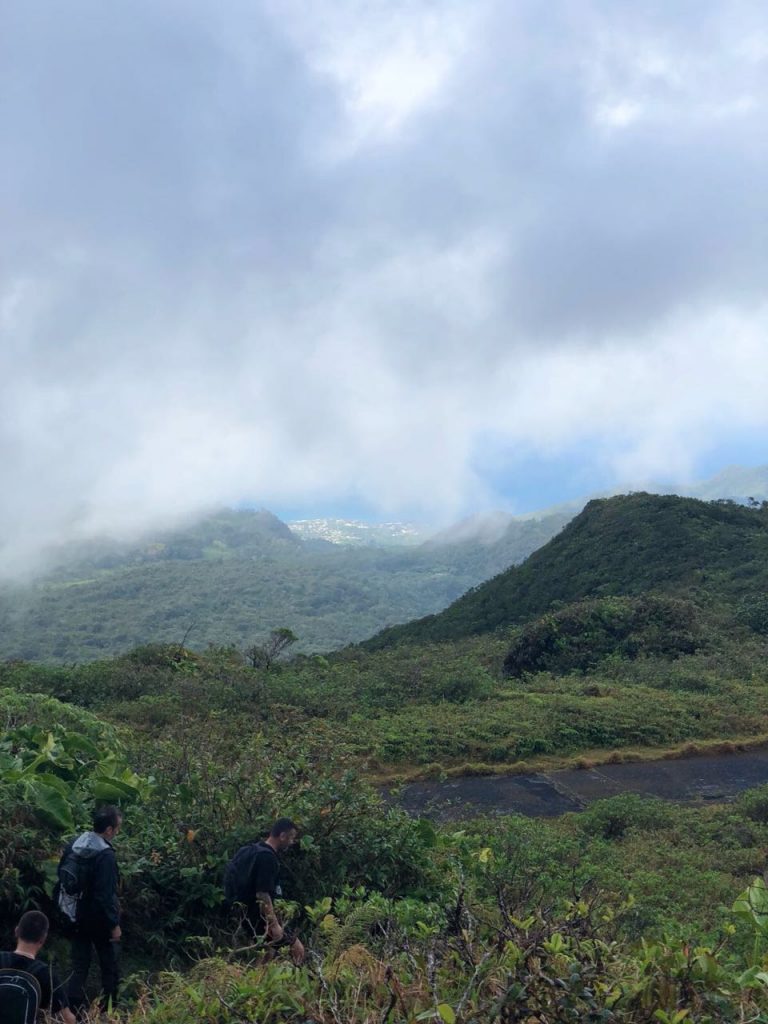
La Soufrière, a volcano nicknamed “the old lady” by locals, is the highest point (1467 meters) in the West Indies and one of the most visited tourist attractions. Its summit, witfully named “the discovery”, may well unveil the most beautiful view of the archipelago.
Before the 21st of November 2004, and the “seism of the Saintes”, the volcano of La Soufrière had roughly 300 000 annual visitors. Unfortunately, the earthquake caused a landslide that hampered the access to the parking of «La Savane à Mulets », the usual starting point of the ascent, and the number of visits decreased by three times.
Nonetheless, don’t let the figures fool you; the hike that leads to the peak of the volcano is still truly astonishing and reveals breathtaking sceneries. Our guide will gladly lead you through the abundant beauties of the ascent: thermal waters, tropical plants, lunar sceneries and unbelievable views are to be expected…
A lively old lady
Based in the national park of Guadeloupe, in the southern part of the isle of Basse Terre, La Soufrière is an active stratovolcano of Pelean type, which implies, among others, the emission of fumaroles, sulphur and acid vapours, as well as the presence of hot water-springs. It belongs to a volcanic complex composed of, in addition to the main lava dome, five other secondary volcanic cones. If the volcano is considered dangerous, its last eruption dates back to 1976 and only caused property damage. This volcanic activity explains the mist that often covers the volcano as well as its rocky and chaotic aspect, sometimes giving the impression of wandering in mystic lunar sceneries. The biodiversity of the volcano is also very interesting. It spreads along the volcano in three main phases. Before passing through humid and dense scrublands, you will first discover tropical forests present at its base. Finally, the hike will unveil the beautiful meadowlands of the upper part of the volcano where bromeliads proliferate: a plant family mainly found in tropical regions - to which belongs, for example, the pineapple. When reaching the summit of the volcano, you may indeed be lucky enough to catch sight of a bright red plant dubbed the “red mountain pineapple” by locals.
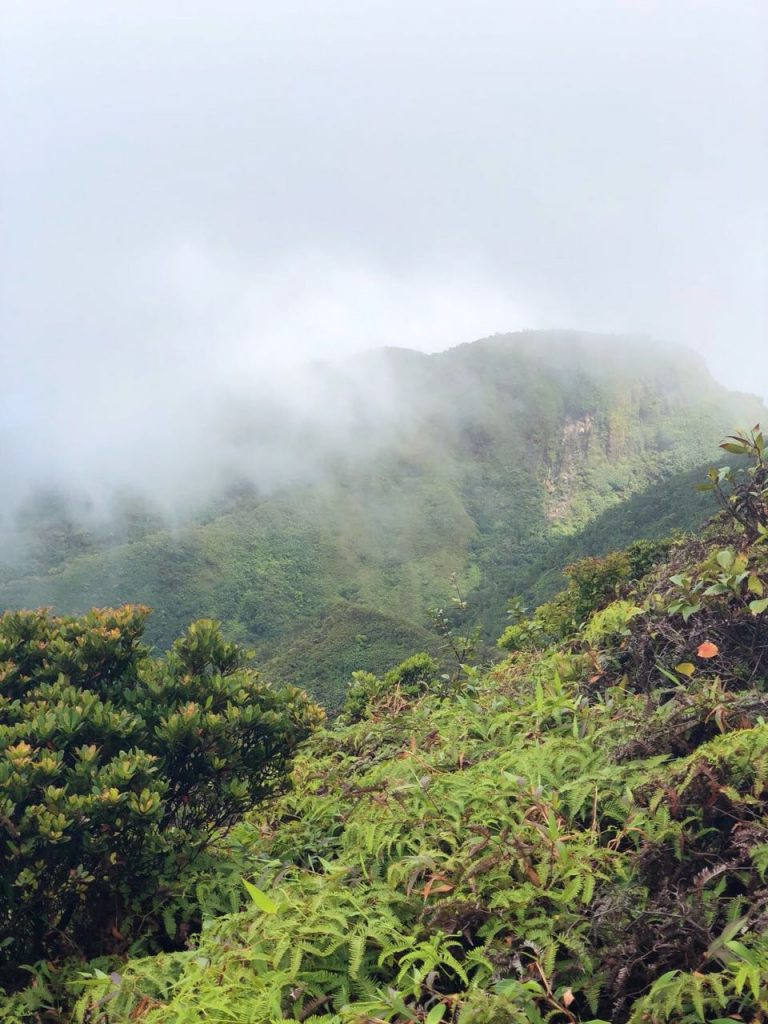
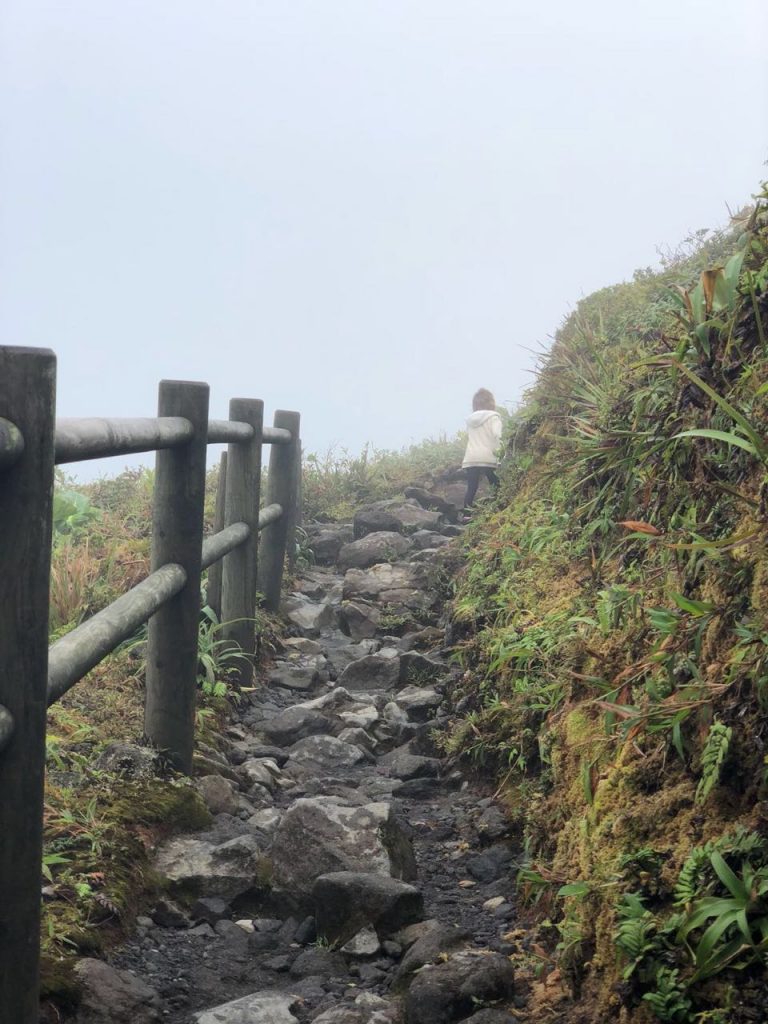
From hot water springs to the peak of the isles
If the summit of the volcano offers a beautiful view, as well as an “out of this world” atmosphere, you still have to climb to the top. My guide will bring you from «les Bains Jaunes», the hot water springs marking the beginning of the hike, to «la découverte» - the French word for the discovery -, the peak of the volcano where you can admire the surrounding isles and islands as well as the Basse Terre mountain range. During the ascent, you can observe the volcano’s richness of nature while following the «Trace du Pas-du-Roy», a paved footpath in the middle of the tropical forest. This track will lead you to the «Savanne à Mulets», the former parking where you can contemplate, by clear weather, the splendid valley as well as the surrounding islands of «les Saintes», «la Marie Galante» and «La Dominique». Then comes the ascent to the summit: you can either take the path of «Les Dames»- an easily accessible rocky footpath that gets you to the top in 1h15 –, or climb by the mountain pass of “the ladder” - an ascent of 1h35 by the western part of the volcano.
If you choose the footpath of «Les Dames», you will discover two important geological formations: the “Faujas rockslide”, which occurred during the eruption of 1798, as well as a long fault exposed in the final part of the climb. This track is also characterised by rich vegetation made of numerous plants such as tree ferns, Pitcairnia bifrons or “mountain pineapples”, gigantic philodendrons as well as waterlogged sphagnums.
After walking up this pathway - which is surrounded by rock-walls covered in orange and green moss, often giving an intense impression of isolation to the trekkers -, he will guide you to the summit of the volcano. You will then discover the most beautiful view of the entire West Indies…
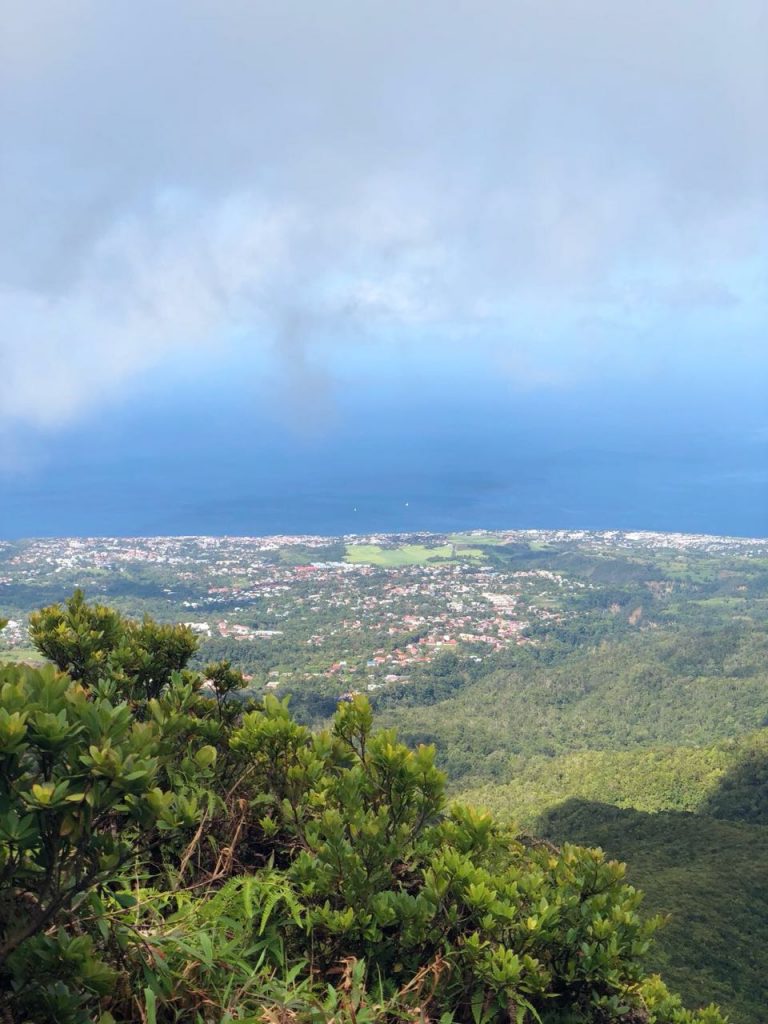
Articles récents
This post is also available in: Français






